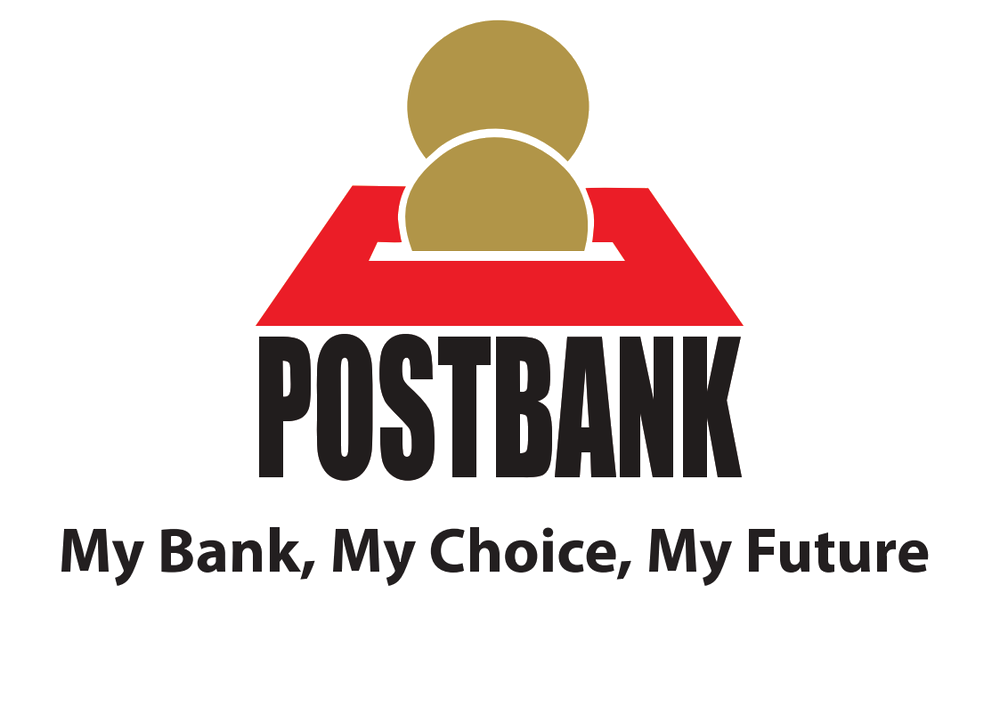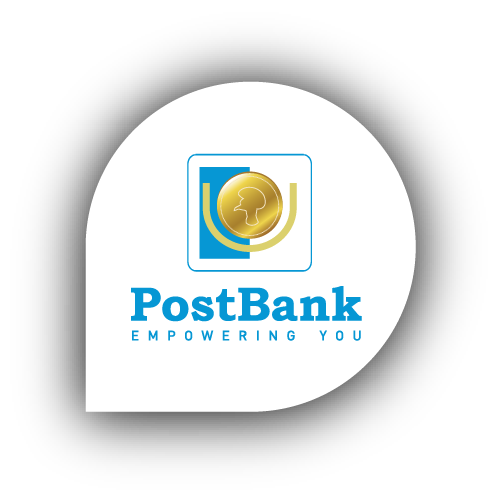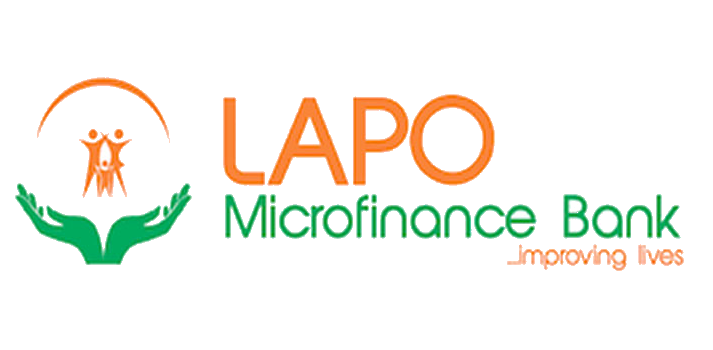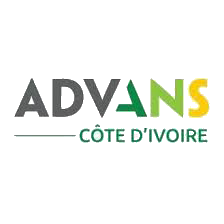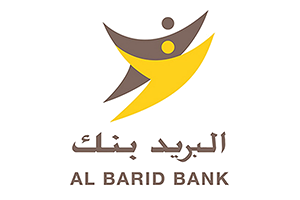Scale2Save Campaign
Micro savings, maximum impact.
Only 55 percent of adults in Sub-Saharan Africa, and 53 percent in the Middle East and North Africa, have an account at a financial institution. Usage rates to make digital payments, as well as to save and borrow are even lower in these regions
How Can Small Scale Savings Be Offered Sustainably?
Learnings from the Scale2Save Program on successful business and institutional models
Only 55 percent of adults in Sub-Saharan Africa, and 53 percent in the Middle East and North Africa, have an account at a financial institution. Usage rates to make digital payments, as well as to save and borrow are even lower in these regions. Few formal financial service providers (FSPs) in Africa offer attractive small scale savings products because the market potential of low-income segments to save is poorly understood. Plus, low usage represents a real drain on bank costs, making FSPs wary of reaching out to this market.
But can small scale savings be offered sustainably? And if so, how? That is what we wanted to find out at Scale2Save, a partnership between WSBI and the Mastercard Foundation which aimed to establish the viability of low–balance savings accounts. From 2016 to 2022, we worked with 12 FSPs in six African countries to test different innovative business models. After six years of implementation, we have a number of lessons learned that we would like to share – in particular around the key drivers we identified for viable business models and the institutional factors that affect an FSP’s ability to offer low-balance savings products.
Developing a viable business model
While there is no “one size fits all” business model, our work with FSPs in Africa helped us identify three business model characteristics that are key for making small scale savings sustainable. These business model drivers address the following three issues:
Demand: How to create a savings product that sells well.
Cost and accessibility: How to make the savings product accessible for low-income clients as well as affordable for the FSP.
Marketing: How to promote savings products efficiently to the low-income segment.
Demand: In exploring how to drive demand, we found that FSPs need to undertake in-depth client research to get to know their clients and identify their underlying needs to develop a product that motivates savers to sign up. For example, farmers need savings to buy inputs to increase their yield, respond to family emergencies, pay for health care because they are not insured and send their children to school.
According to a study of Advans Microfinance Bank in Ivory Coast, 40 percent of cocoa producers have to send their children to school two months later on average because they do not have the funds to pay the school fees at the beginning of the year. Based on that research, Advans now provides smallholder cocoa farmers with savings accounts and education loans to help its customers overcome cashflow challenges between harvests, enabling families to send their children to school following the school calendar and not the harvest season. This bundled product was developed using client insights and prototyping, with focus groups and studies first assessing client priorities and needs, and then constant testing of products with the target clients during the pilot phase.
Cost and accessibility: To be affordable and accessible for the low-income market, savings products should be free or very low-cost, and should take advantage of digitization, agent banking and doorstep services to reach more customers. But these services are not free, so how can an FSP offer them without sending costs through the roof? Without a doubt, the most successful strategy we saw was through partnerships. Centenary Bank in Uganda, for example, shares its agent network with a competitor, FINCA Uganda, increasing agents profits and reducing the bank’s costs. In Ivory Coast, Advans partners with smallholder farmer cooperatives to play the role of third-party agent network, a very successful strategy to mobilize small scale savings with this target customer.
Marketing: All of the business models we looked at needed to reach a certain scale, generally around 100,000 customers, in order to make a profit and become sustainable. Onboarding new customers quickly, and with a positive first customer experience to keep them using the product, is therefore key for sustainability. Transparency and financial education were among the most successful strategies for making this happen. In terms of transparency, LAPO in Nigeria found that customers liked physical cashbooks and SMS transaction confirmation as evidence of their savings rather than relying on the fully digitized system. In addition, multiple financial education trainings through branch and roving staff were necessary for rural mothers to really understand the insurance product features and potential benefits for their family and then start using the product.
Key institutional characteristics
Besides having a viable business model, there are also certain institutional factors that help ensure an FSP can offer small scale savings sustainably. Upon evaluating the Scale2Save program as it came to an end earlier this year, we compiled the following set of institutional conditions that affected FSPs’ ability to successfully serve low-income segments.
A wide reach and a strong brand presence are necessary to build the scale required to reach sustainability. Centenary Bank Uganda, for example, not only has a widespread network of 5,800 agents, but also has a well-established brand in the local community thanks to its partnership with the Catholic church.
A social mandate and leadership with a pro-poor vision help to ensure the FSP’s commitment to the low-income market. For example, Kenya Post Office Savings Bank’s primary mission is to provide accessible financial services to all segments in the market regardless of their income status.
A flat organizational structure expedites decision-making, which is a critical factor in reaching a new target market with a new product.
A dedicated department or a senior-level product champion helps to drive efforts within the business towards successfully developing, offering and selling the product. At Advans, the integration of the project team into the Commercial Department and Business Development Department sent a strong signal to staff that these activities were becoming core activities.
Willingness to undergo a change management process to transform the institutional culture. The culture of credit-led institutions can negatively affect how customers perceive the FSP’s savings products, as well as the mindset of staff and how they behave in offering savings. Accompaniment through a change management process, aimed at training bank staff on transitioning from a credit-only FSP to a deposit-taking and credit-offering one, has shown positive results.
Established digital systems. FSPs which do not have digital solutions already in place will need to go through a digital transformation first in order to offer small scale savings sustainably.
Where do we go from here?
As the Scale2Save program ends, we are encouraged by the learnings we’ve gathered, which show us that it is indeed possible to offer small scale savings sustainably. But there is still much more work to be done.
FSPs need to make concerted efforts to identify savers’ needs through customer research, and to incorporate data-driven decision-making into the product development process. On an ongoing basis, they must focus on customer activity, not just acquisition, to address the common challenge of inactivity and ensure new services’ sustainability. Donors also still have a role to play in driving small scale savings, as the challenges involved in developing a viable business case for low-income segments in Africa mean that FSPs often require an external push to get started.
The financial inclusion sector needs to come together in recognition of the importance of savings. If we each do our part, we can help advance small scale savings so that all customers, regardless of income, have access to a savings account that meets their needs.
This blog post was originally published on the FinDev Gateway blog
Scale2Save
13/10/2023
Savings and Retail Banking in Africa 2022 WSBI survey of Financial Inclusion for micro, small and medium-sized enterprises (MSMEs)
The Savings and Retail Banking in Africa report aims to help improve access to financial services for financially
25/09/2023
WSBI as a catalyst for unlocking the potential of female entrepreneurs
13 October 2023, 9.30am-12pm Hôtel Du Golf Rotana Palmeraie, Marrakech I Morocco
18/09/2023
WSBI’s MD Peter Simon opens the G20 side event panel “Gender equity and SME financing in a digital landscape” at the SME Finance Forum in Mumbai
The World Savings Bank Institute (WSBI-ESBG), with the substantial support of its Indian member, the State Bank of India
01/03/2023
The State of Savings and Retail Banking in Africa
The WSBI has conducted two research reports tracking the progress of retail and savings banks in their financial inclusion efforts across Africa (2018, 2019).
22/02/2023
Driving Formal Savings: What Works for Low-Income Women?
While financial inclusion is expanding globally, the gender gap in access to financial services and products persists
19/12/2022
What a journey it has been!
Between 2016 and 2022 Scale2Save financially included more than 1.3 million women, young people and farmers in Kenya, Uganda, Nigeria, Morocco, Senegal and
14/12/2022
The financial diaries revealed useful insights into young people’s savings, spending and income behavior
It examines their experience in respect to financial inclusion, support structures and opportunities for young entrepreneurs
09/12/2022
The Power of Community-Based Organizations to Mobilize Farmers’ Savings
In Ivory Coast, the world’s largest cocoa producer, cocoa is harvested twice a year, in May-June and in October-December. Between seasons, most smallholder farmers do not generate revenue
15/11/2022
Application of CGAP Customer Outcomes Framework in Uganda
This case study by WSBI's Scale2Save programme applied the CGAP customer outcome indicator framework to test the impact of a new basic savings product positioned in the financial inclusion market and…
10/11/2022
Driving formal savings: What works for low-income women
Gender-inclusive products need to be designed with low-income women’s needs in mind. Yet, the real question remains: What services do female customers value, prioritize and need?

















